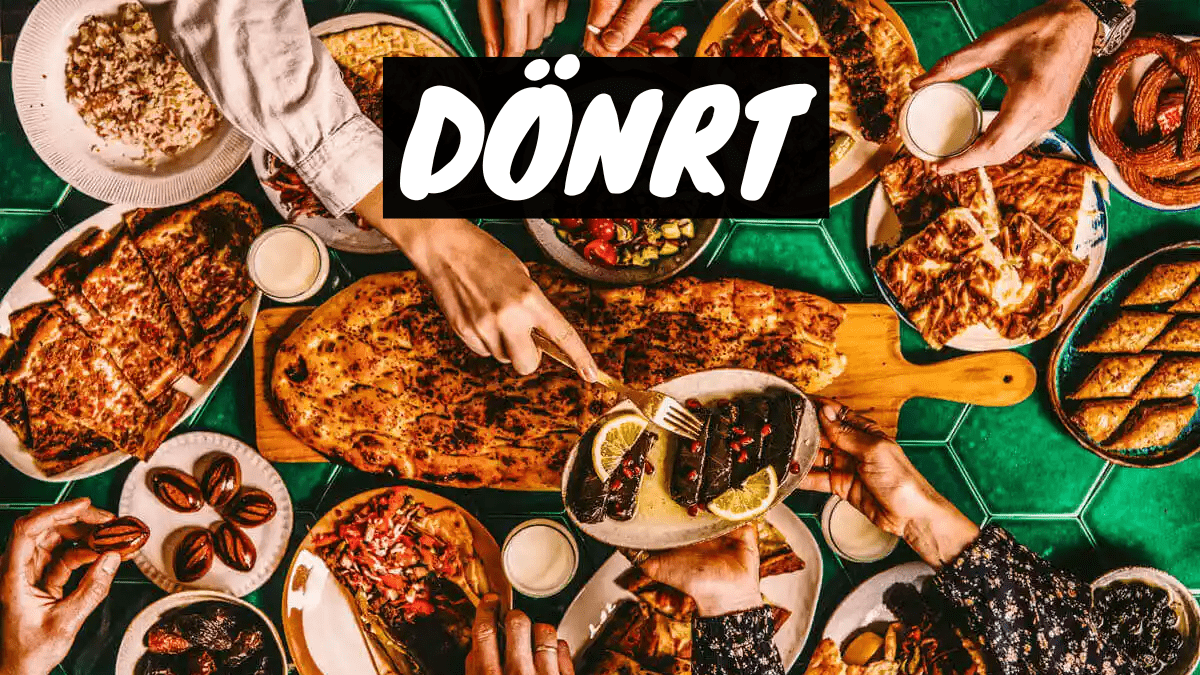A dance team is a group of individuals who perform choreographed routines together, combining creativity, athleticism, and teamwork. Whether participating in competitive events, entertaining audiences, or fostering community spirit, danceteams play a significant role in the world of performing arts. This article delves into the structure of dance teams, their benefits, types, and the dedication required to succeed.
What is a Dance Team?
A dance team is a group of dancers who perform together, often specializing in various dance styles such as jazz, hip-hop, contemporary, or pom. These teams can be found in schools, universities, professional organizations, and community groups. Dance-teams perform at sporting events, competitions, parades, and special occasions, bringing energy and entertainment to audiences.
The Structure of a Dance -eam
A successful dance team relies on a well-organized structure that supports both creativity and discipline.
1. Team Members
Each member brings unique skills and contributes to the overall performance. Dancers may have roles based on their experience, such as lead performers, backup dancers, or specialty positions.
2. Coaches and Choreographers
Coaches provide guidance, oversee training, and ensure the team meets performance standards. Choreographers design and teach routines that align with the team’s style and goals.
3. Captains and Leadership Roles
Team captains act as a bridge between the dancers and coaches. They provide motivation, help with choreography, and foster team unity.
Types of Dance-Teams
Dance teams vary in focus, style, and purpose. Each type offers unique experiences and opportunities.
1. School and Collegiate Dance-Teams
These teams represent high schools, colleges, or universities. They perform at pep rallies, sports events, and regional or national competitions.
2. Competitive Dance Teams
Competitive dance teams focus on preparing for and participating in dance competitions. These teams often perform routines in various categories like hip-hop, lyrical, jazz, and pom.
3. Professional Dance Teams
Professional teams entertain audiences at major sporting events, concerts, and televised performances. Examples include NBA and NFL dance squads, which combine athleticism with showmanship.
4. Community and Recreational Dance Teams
These teams focus on inclusivity and fun, offering dancers of all ages a chance to express themselves. They often participate in local parades, festivals, and community events.
Benefits of Joining a Dance Team
Being part of a dance team provides numerous physical, mental, and social benefits.
1. Physical Fitness
Dancers improve their strength, flexibility, endurance, and coordination through rigorous training and rehearsals.
2. Discipline and Time Management
Balancing dance practices with academic or work commitments teaches members to manage their time effectively and stay organized.
3. Team-work and Communication
Successful performances rely on clear communication and collaboration. Members learn to trust each other and work as a cohesive unit.
4. Confidence and Self-Expression
Performing in front of audiences builds confidence. Dancers also use movement to express emotions and tell stories.
Essential Skills for Dance Team Members
To succeed on a dance team, members must develop a range of physical and mental skills.
1. Technical Proficiency
Mastering foundational dance techniques (such as turns, leaps, and footwork) is crucial for executing routines accurately.
2. Musicality and Rhythm
Understanding music and maintaining rhythm is essential for synchronized and dynamic performances.
3. Adaptability
Dancers must quickly learn new choreography, adapt to changes, and perform different dance styles.
4. Performance Quality
Stage presence and facial expressions enhance the overall impact of a routine, captivating the audience.
Preparing for Dance Team Auditions
Auditions are the first step to joining a dance team. Preparation is key to making a positive impression.
1. Understand the Requirements
Each team has specific audition guidelines. Research the required dance styles, dress code, and expectations in advance.
2. Practice Regularly
Strengthen your technique and stamina by rehearsing consistently. Attend dance classes to refine your skills.
3. Showcase Your Personality
Teams look for dancers who bring positive energy. Let your personality shine through during the audition process.
4. Prepare for Interviews
Some teams include an interview portion to assess candidates’ attitudes and commitment. Practice answering questions about your dance experience and team-work skills.
Challenges Faced by Dance Teams
While rewarding, being part of a dance team comes with its own set of challenges.
1. Time Commitment
Balancing practice schedules, performances, and other responsibilities requires strong time management skills.
2. Physical Demands
Dancers face the risk of injury due to the physical intensity of rehearsals and performances. Proper warm-ups and conditioning are crucial.
3. Team Dynamics
Maintaining positive relationships within the team can be challenging. Open communication and mutual respect are key to resolving conflicts.
4. Competition Pressure
Competitive teams face high-pressure environments. Handling stress and maintaining focus during performances is essential.
How to Support a Dance Team
Community and family support are vital to a dance team’s success. Here’s how to contribute:
1. Attend Performances
Show your support by attending competitions, recitals, and public showcases.
2. Volunteer
Assist with fundraising, costume preparation, and event planning to ease the workload for team members and coaches.
3. Encourage and Motivate
Celebrate the team’s achievements and provide emotional support during challenging times.
The Future of Dance Teams
Dance teams continue to evolve with changing trends and cultural influences. Digital platforms, such as YouTube and TikTok, offer teams new ways to share performances and gain recognition globally. Additionally, more diverse dance styles are emerging, encouraging inclusivity and expanding opportunities for dancers of all backgrounds.
Conclusion
A dance team represents much more than synchronized movements—it embodies dedication, creativity, and team-work. Whether at school, in competitions, or on a professional stage, dance teams enrich the lives of their members and the communities they entertain. By fostering discipline, confidence, and collaboration, dance teams empower individuals to reach their full potential while celebrating the art of movement.
FAQs
What is the purpose of a dance team?
A dance team performs choreographed routines to entertain audiences, compete in dance competitions, and foster team camaraderie.
What are the most common dance styles for teams?
Popular styles include jazz, hip-hop, contemporary, pom, and lyrical dance.
How can I join a dance team?
Research teams in your area, attend auditions, and demonstrate your technical skills, positive attitude, and dedication.
What qualities make a successful dance team member?
Successful members possess strong technical ability, team-work skills, adaptability, and a commitment to continuous improvement.
How do dance teams impact their communities?
Dance teams promote community spirit, cultural expression, and youth engagement through performances and outreach programs.

 Blog10 months ago
Blog10 months ago
 Entertainment10 months ago
Entertainment10 months ago
 Tech10 months ago
Tech10 months ago
 Blog10 months ago
Blog10 months ago
 Entertainment10 months ago
Entertainment10 months ago
 Entertainment11 months ago
Entertainment11 months ago
 Lifestyle11 months ago
Lifestyle11 months ago
 Lifestyle11 months ago
Lifestyle11 months ago



 About “The Housemaid Audiobook Free” by Freida McFadden
About “The Housemaid Audiobook Free” by Freida McFadden Where to Listen to The Housemaid Audiobook for Free
Where to Listen to The Housemaid Audiobook for Free Audible Free Trial (Amazon)
Audible Free Trial (Amazon) Libby (Free via Library Card)
Libby (Free via Library Card) Scribd Free Trial
Scribd Free Trial Spotify & YouTube (Limited Availability)
Spotify & YouTube (Limited Availability) Project Gutenberg & LibriVox (Public Domain Books Only)
Project Gutenberg & LibriVox (Public Domain Books Only) Beware of Illegal Download Sites!
Beware of Illegal Download Sites! Why Listen to The Housemaid on Audiobook?
Why Listen to The Housemaid on Audiobook? Immersive experience – The narration adds an extra layer of suspense.
Immersive experience – The narration adds an extra layer of suspense. Final Thoughts
Final Thoughts
